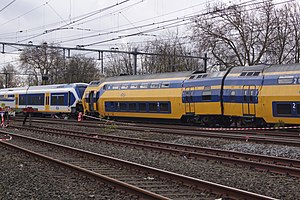
The Harmelen train disaster was the worst railway accident in the history of the Netherlands on 8 January 1962. Harmelen, in the central Netherlands, is the location of a railway junction where a branch to Amsterdam leaves the Rotterdam to Utrecht line. It is common at high-speed junctions to avoid the use of diamond crossings wherever possible — instead a ladder crossing is employed where trains destined for the branch line cross over to the track normally employed for trains travelling in the opposite direction for a short distance before taking the branch line.
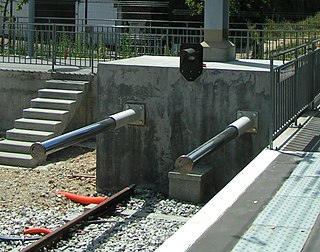
A buffer stop, bumper, bumping post, bumper block or stopblock (US), is a device to prevent railway vehicles from going past the end of a physical section of track.
There have been two rail crashes near Welwyn Garden City railway station in Hertfordshire, England, one in 1935 and another less serious accident in 1957.

Rail transport in the Netherlands uses a dense railway network which connects nearly all major towns and cities. There are as many train stations as there are municipalities in the Netherlands. The network totals 3,223 route km on 6,830 kilometres of track; a line may run both ways, or two lines may run on major routes. Three-quarters of the lines have been electrified.

Leiden Centraal is the main railway station in Leiden, a town in the Netherlands.

The Dutch Safety Board is an organisation based in The Hague, Netherlands. The first DSB Chairman was Pieter van Vollenhoven, who served from 2005 until 2011. He was succeeded by Tjibbe Joustra, who retired in 2019; he was succeeded by former Finance Minister Jeroen Dijsselbloem.

VIRM trains, full name Verlengd InterRegio Materieel, are a series of electric multiple unit (EMU) double-deck trains operated by Nederlandse Spoorwegen or NS, the principal railway operator in the Netherlands. NS has 178 of these double-deckers – 98 four-carriage sets, and 80 six-carriage sets. The trains were built between 1994 and 2009 – for the most part by Talbot, part of Bombardier Inc., with some railcars built by De Dietrich.

The Halle train collision was a collision between two NMBS/SNCB passenger trains carrying a combined 250–300 people in Buizingen, in the municipality of Halle, Flemish Brabant, Belgium, on 15 February 2010. The accident occurred in snowy conditions at 08:28 CET (07:28 UTC), during rush hour, on railway line 96 (Brussels–Quévy) about 12 kilometers (7.5 miles) from Brussels between P-train E3678 from Leuven to Braine-le-Comte and IC-train E1707 from Quiévrain to Liège. A third train was able to come to a stop just in time. The collision killed 19 people and injured 171, making it the deadliest rail accident in Belgium in over fifty years.

Stavoren is a terminus railway station in Stavoren, Netherlands. The station opened on 28 November 1885 and is the southern terminus of the Leeuwarden–Stavoren railway. Train services are operated by Arriva.
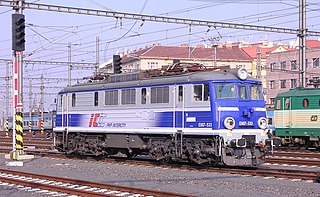
On 12 August 2011, an express train travelling from Warsaw to Katowice in southern Poland derailed at Baby, near Piotrków Trybunalski, killing one passenger and injuring 81 others.

The Szczekociny rail crash occurred on 3 March 2012 when two passenger trains collided head-on near the town of Szczekociny, Silesian Voivodeship, Poland. Sixteen persons died in the incident and 58 were injured. The investigation into the collision began the next day, and its report was published on 15 February 2013.

The Barendrecht train accident involved the collision between two freight trains on 24 September 2009 near Barendrecht, Netherlands. One of the drivers was killed, the other was seriously injured.
The Denver train crash occurred on 28 April 2015 when a passenger train ran into the rear of another at Denver station, Johannesburg, South Africa. One person was killed and about 240 were injured. Damages were R 17.5 million.
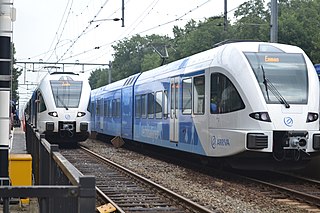
The Dalfsen train crash occurred on 23 February 2016 when a passenger train collided with a tracked elevated work platform on a level crossing at Dalfsen, Overijssel, Netherlands. One person was killed and six were injured, one seriously.

The Hermalle-sous-Huy train collision was a collision between a passenger train and a freight train in Hermalle-sous-Huy, Belgium, on 5 June 2016. At least three people were killed and 36 others were injured, nine of them seriously.
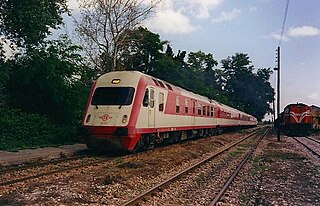
The 2017 Adendro train derailment occurred on 13 May 2017 when an intercity passenger train derailed and collided with a house in Adendro, Greece. Three people were killed and ten were injured. A preliminary report stated that the cause of the accident was excessive speed.

The Oss railway accident happened on 20 September 2018 when a passenger train collided with a Stint cart on a level crossing at Oss, North Brabant, Netherlands. Four children on the cart were killed, and two were seriously injured. Stint carts were subsequently banned from use on public roads in the Netherlands. An investigation into the cause of the accident is ongoing.
